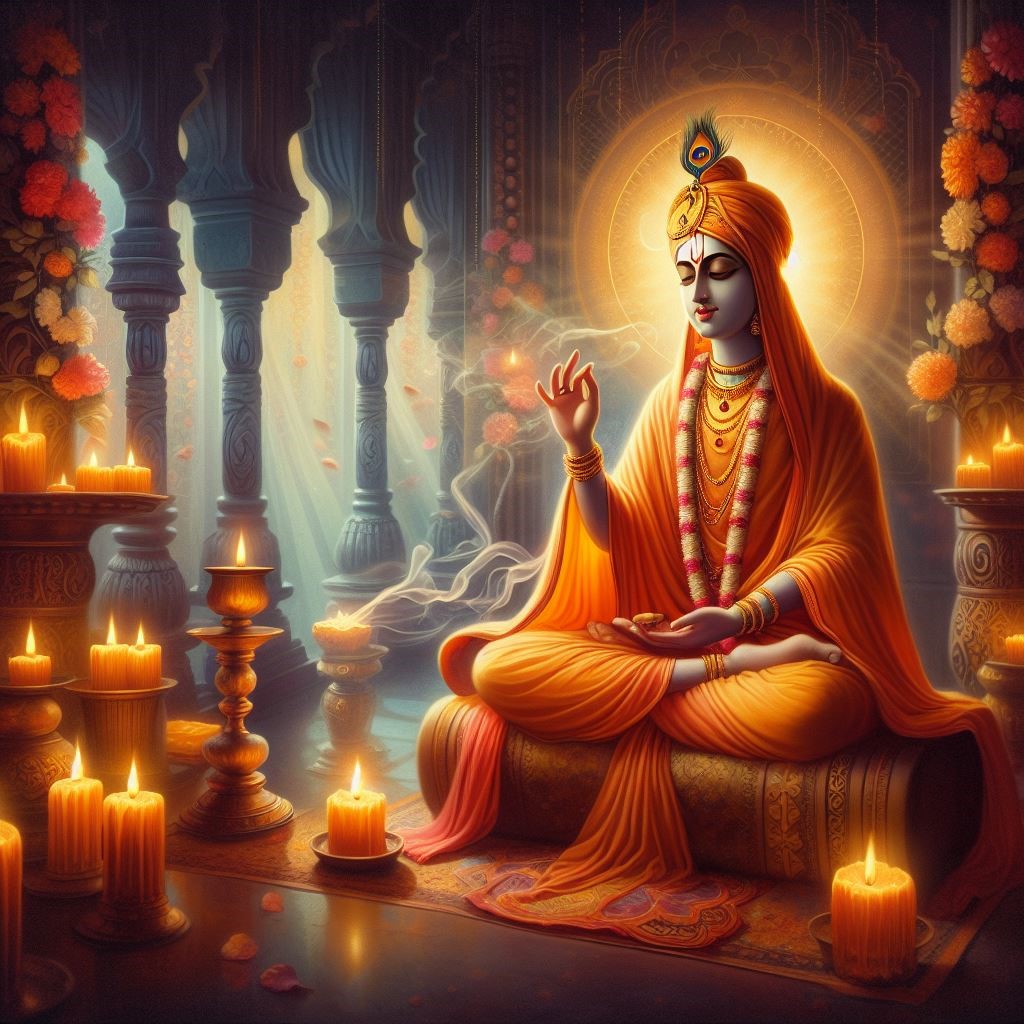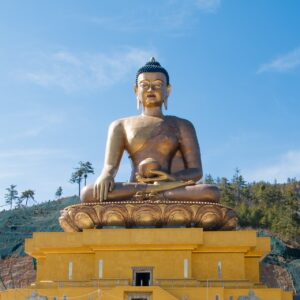Chaitanya Mahaprabhu was a respected saint and reformer whose life permanently influenced the spiritual hierarchy of India. He was born into the family of the village priest in Mayapur, Bengal in 1486, though some sources point to 1483, and Mahaprabhu’s followers regard him as an avatar of Krishna, a lord of love and playfulness. He lived for around 48 years, which is commonly referred to as a classic example of the life-transforming power of bhakti.
Early Life and Education
According to the biographical facts, Chaitanya was a bright child. He mastered the basics of Sanskrit grammar and logic and was taught Vedic scriptures by his father Jagannath Mishra, a famous scholar, while Mother Sachi Devi taught him piety. The future saint early fell in love with Lord Krishna; he enjoyed listening to his stories and often depicted sounds.
Marriage and Sannyasa
Chaitanya later married a noblewoman named Lakshmi Devi. However, as the books describe, he could not break away from his calling distracted by praying and discussing Krishna’s story with a local saint Haridas Thakur. At the age of 24, in the year 1509 Chaitanya became a monk, receiving the name Krishna Chaitanya. He tried to travel around the country and walk through all the sacred places.
Spreading the Chant of Hare Krishna
Urge people to pray the sacred prayer of Hare Krishna, in which Calloway writes about a simple rule of “glorification through chanting”, Sankirtana could be perceived. What followed was a wave of chanting and dancing called sankirtana, which broke down social barriers and brought people of all statuses together in rapturous devotion.
Chaitanya’s intense ecstasy during kirtan was legendary and was shared with others, where one can love Krishna personally in the form of prema bhakti, a devotional anthem. The Six Goswamis also reverberate as the underlying principles of Gaudiya Vaishnava philosophy. The Six Goswamis were indeed a critical force in spreading the teachings of the Gaudiya religion.
Return to Puri and the Six Goswamis
Chaitanya moved to Puri following his acceptance as the living embodiment of Krishna. In Puri, Chaitanya gathered a large following of believers who acknowledged and respected him. The chief of these were what came to be known as the Six Goswamis.
Literary Contributions
These six disciples of Chaitanya were outstanding litterateurs, and through their works, the teachings of their religion were preserved. The writings of the Six Goswamis are generally considered the foundation of the Gaudiya Vaishnava religion. While Chaitanya’s contribution to the philosophical work is resinous, his biography and philosophies of bhakti were formulated shortly after his death. The most striking example is The Chaitanya Charitamrita, written by Vrindavan Das Thakur – in this biography of Chaitanya’s life, you can find most of the information known now. Also, in the creation of works on Chaitanya’s teaching, The Eight Goswamis played a crucial role and wrote a considerable number of devotional hymns, philosophical writings, and treatises that are primarily modeled and read by all Gaudiya Vaishnavas.
legacy
Chaitanya’s was more than just religious social order and equality long before the term became popular. His life was a testament to the power of devotion, and his existence undeniably changed and healed the surrounding culture. Another continuation of Chaitanya’s teaching was the Hare Krishna movement, which was led to the masses by A.C. Bhaktivedanta Swami Prabhupada in the mid-twentieth century. Thus, Chaitanya Mahaprabhu left much, his importance as an individual was impressive and will remain forever.
Conclusion
His complicated theology, the ecstatic character of his devotionals, and the long-standing sway of his movement are fertile fields for additional research on many aspects of Indian civilization.




